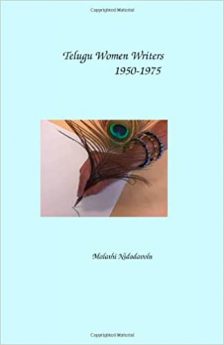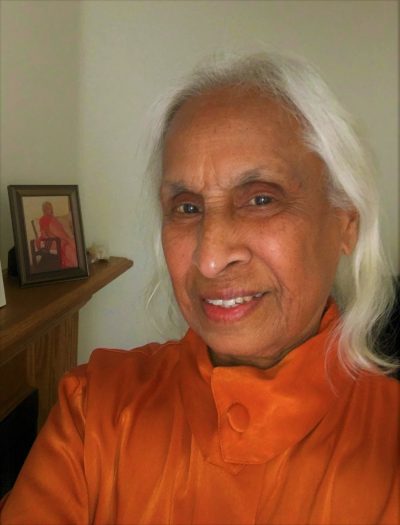Telugu Women writers-6
-Nidadvolu Malathi
AT HOME
Before discussing the unprecedented success of women writers in Andhra Pradesh, let us review their education, familial and economic status in the fifties and sixties.
Education
In families even with moderate income, sending girls to public schools started in the late nineteenth century. By mid-twentieth century, young women were receiving formal education up to high school level. Majority of the women however read at home the classics in Telugu, English and Sanskrit. To quote but a few, Lata attended school up to fifth grade, but later studied Telugu and Sanskrit classics under her father’s tutelage. Sulochana Rani, who is often compared to Barbara Cartland and Denise Robbins, has high school diploma. Malati Chendur finished high school and later improved her knowledge through self-education. Ranganayakamma finished high school, and later studied other literatures, including Marxist literature and became an avowed Marxist. Several other writers like Koduri Kausalya Devi, Adimadhyam Ramanamma, Polkampalli Santa Devi, Polapragada Rajyalakshmi, and Pavani Nirmala Prabhavati had not attended college but they all wrote and published voluminous literature and made their mark on the history of Telugu fiction.
Among those who attended college are: Achanta Sarada Devi attended college up to M.A. in English but did not take the exam. Later obtained her Master’s in Telugu. In addition, she was well versed in Hindi, Sanskrit and Music. Vasireddy Sitadevi obtained a master’s degree in Social Work and Sahitya Ratna Diploma in Hindi. Sitadevi said that her family was opposed to her attending public school but did not object to her studying at home. Her father had even arranged a proctor to come from Madras (overnight trip by train) to facilitate the completion of the required exam for her high school diploma. Bhanumati Ramakrishna attended first year of college and passed the exam ranking first. Later she obtained her Bachelor’s degree in Psychology. A few writers like C. Anandaramam, and P. Sridevi completed university education and held jobs as professors, and physicians. Saraladevi had college degree and continued to write from home. Ramalakshmi received college education and worked as a sub-editor in a bi-weekly magazine for some time. She became full-time writer and critic. In response to my questions, R. Vasundhara Devi sent me the following account about her education (the original in English):
The thirties were exciting times with many political and social upheavals in the wind. Ours was a conservative family and I, a pre-teen, was not an active participant but was in touch with the social changes.
The village Vetapalem was the home of one of the earliest libraries in Andhra Pradesh, Saraswata Niketanam. My mother inculcated a healthy respect for education in her daughters, although she herself was not educated.
My sister Kamala and I were avid readers of children’s books. We read myths, puranas, epics, and Panchatantram stories and absorbed every word as God’s truth. Saraswata Niketanam was a clean, spacious place. My sister and I used to borrow more books than was normally allowed by pleading with, coaxing and pestering the library clerk, Mr. Kamayya. I still have a memory of—a feeling of great freedom, unfettered imagination, and open space, full of clean, golden sands everywhere.
At home, we had a chest full of books, mostly a collection of My Magazine from my father’s medical school days. When I came home for vacations, I would burrow happily into the old chest; I loved the light humor of the magazine—the funny stories, the sardar jokes, the skits, and all. I wrote occasionally for school and children’s magazines.
In the early eighties, I went to Andhra Pradesh to interview writers, editors, and readers. During my interviews, several writers mentioned famous foreign writers (Tolstoy, Hardy, Pearl Buck, Cronin, Oscar Wilde, Steinbeck, Maupassant, O’Henry, and Marie Corelli) and Indian writers (Sarat Chandra Chatterjee, Rabindranath Tagore [Bengali writers] and Kalki [Tamil writer]) as their favorite writers. Among the Indian writers, Sarat Chandra Chatterjee remains the most popular writer of all times in Telugu homes, translations of course. It is important to remember that Bengal stood foremost in the Indian freedom movement and the women’s movement in the late nineteenth century. Their influence on Telugu women’s writing was noticeable.
*****
(Contd..)


